Affiliate links on Android Authority may earn us a commission. Learn more.
Samsung Galaxy Note 8 problems and how to fix them
One of the defining features of the Galaxy Note series has always been a large display, and with Samsung bringing their Infinity Display design language to their second flagship line, the screen is really allowed to shine through this time around. Add to it all that Samsung has to offer with their high-end devices like top of the line specifications, all the hardware and software features you may want, a fantastic camera setup, and the S-Pen and everything that it lets you do, and Samsung has yet another winner on their hands with the Galaxy Note 8.
However, like any current generation smartphone or tablet, this device is not without its issues. Which is why, we’ve rounded up some of the common problems faced by Samsung Galaxy Note 8 owners, and offer potential solutions on how to fix them!
Disclaimer – Not every Samsung Galaxy Note 8 owner will face these issues, and in fact, it is more than likely that you won’t come across any of these problems at all.
Problem #1 – Scrolling issues
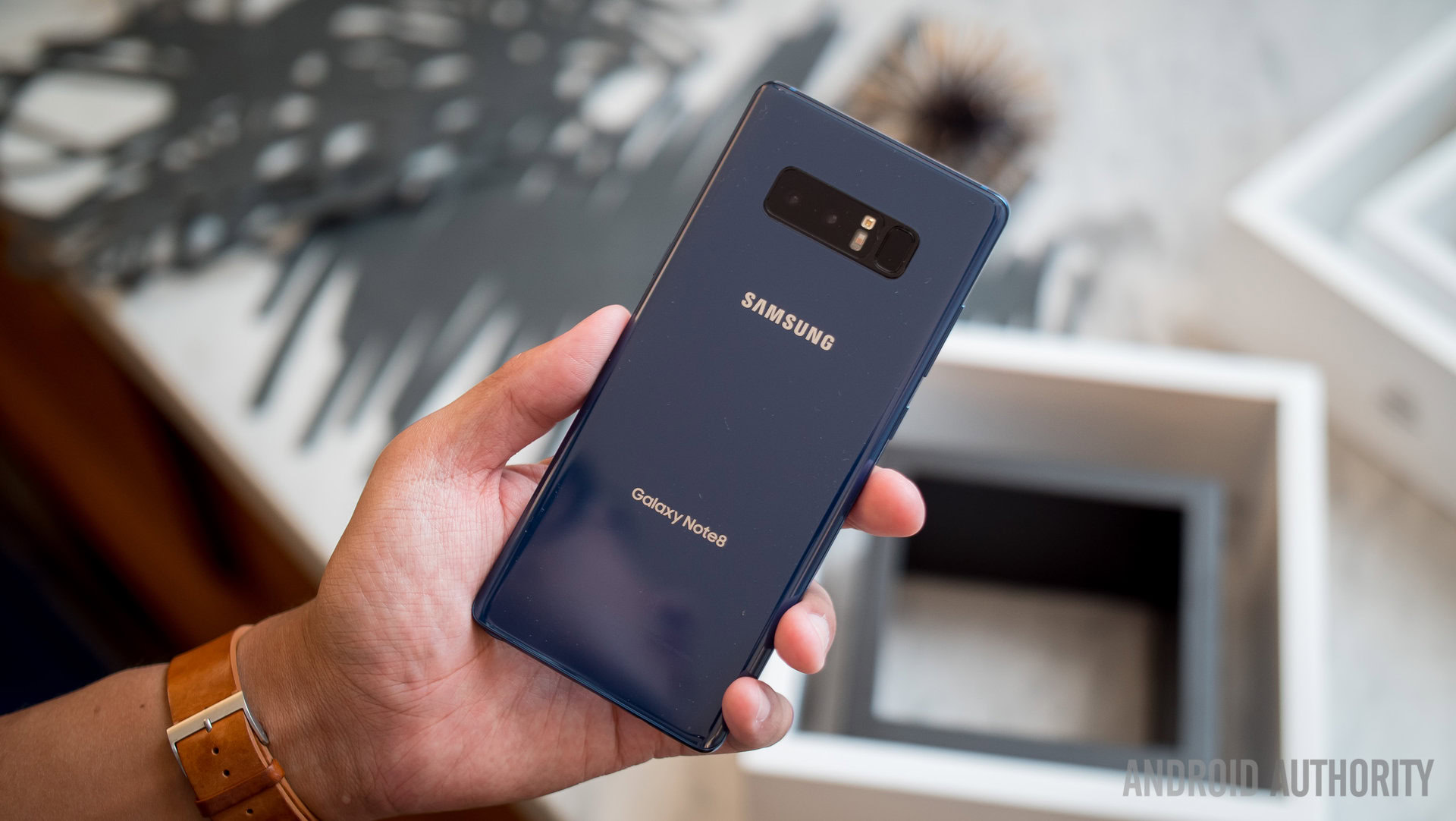
Some users have a come across choppy and laggy performance when scrolling down a webpage, and when scrolling through certain apps like the Gallery in particular.
Potential solutions:
- This scrolling issue seems to be faced by those users who have also installed a Bixby button remapper app. While Samsung now allows a way to kind of deactivate the button, it still cannot officially be set for a different function, which is why these remapper apps are quite popular. However, until these scrolling issues are addressed, your only option, for now, is to uninstall the app.
Problem #2 – Cannot remove app icons from the home screen
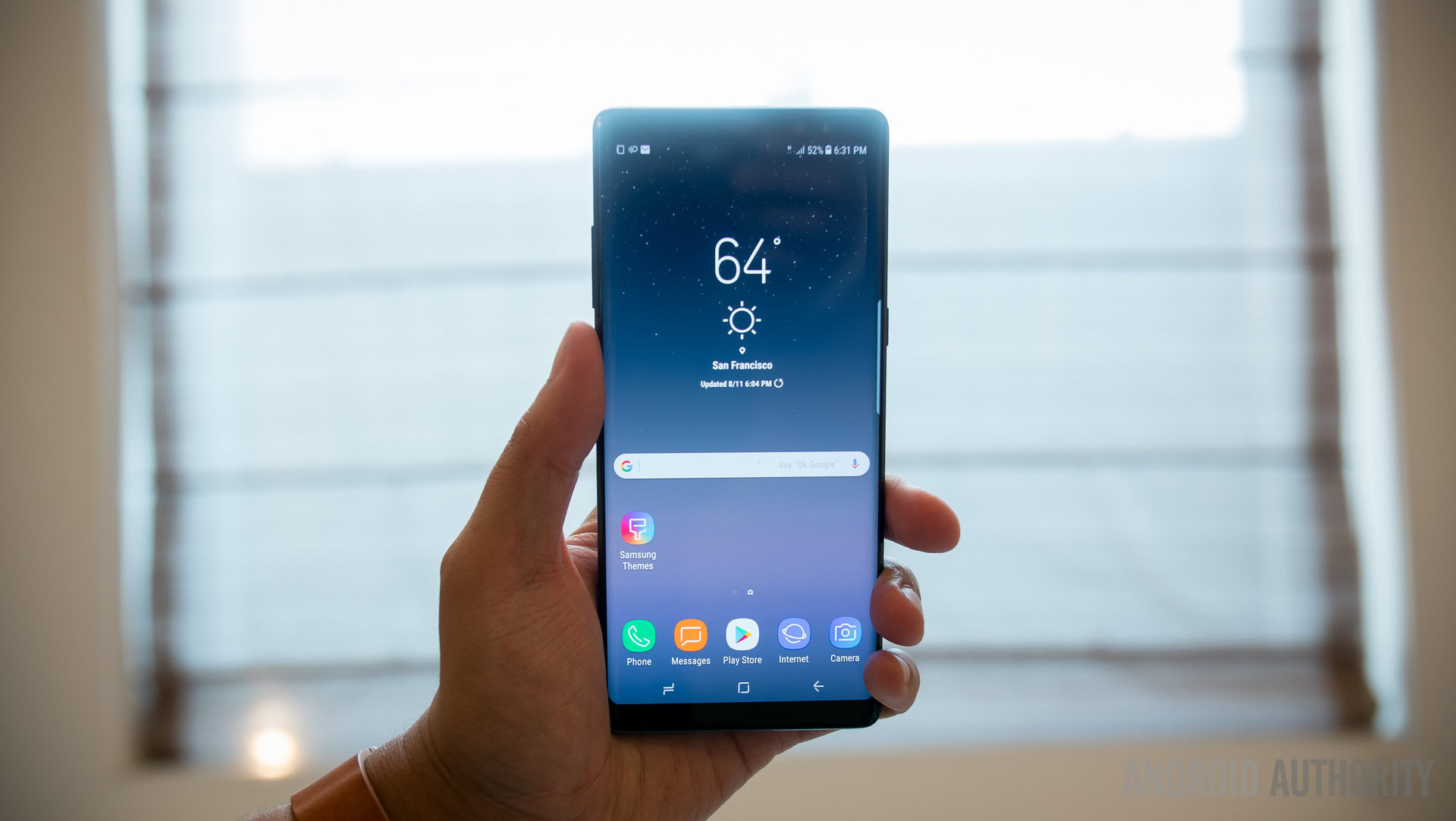
Long pressing on an app icon on the home screen leads to a pop-up menu from which you can remove the icon. However, some users have found that this pop-up menu is no longer showing up and that they are unable to remove icons.
Potential solutions:
- This problem is caused if you have turned off Animation Duration Scale in the Developer Options section in the Settings menu, which is something that some users do to improve performance. All you have to do is set this to 0.5x, and the pop-up menu will begin to show up again.
Problem #3 – Face Unlock not working as expected
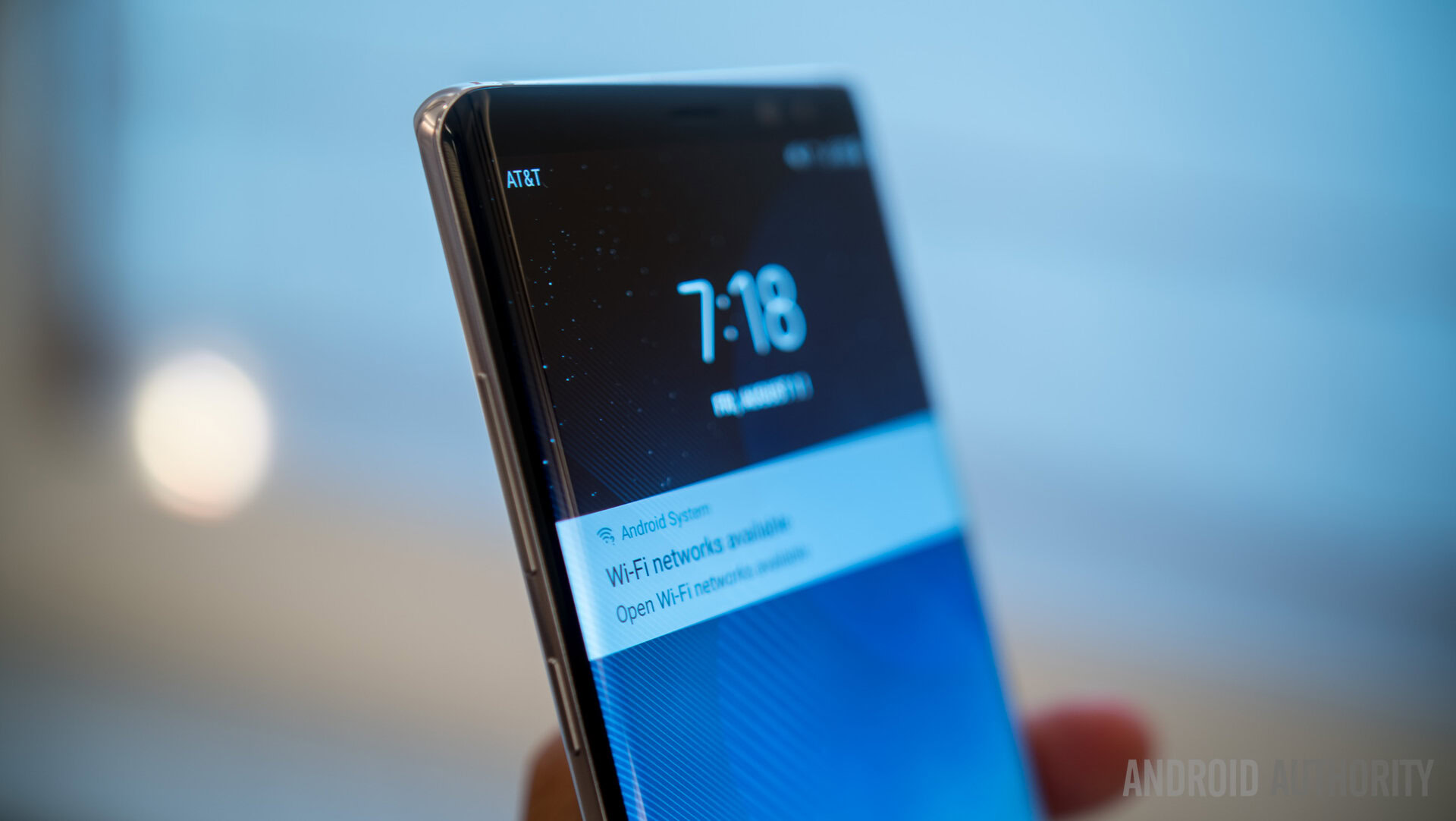
Some users have found that Face Unlock doesn’t seem to work as expected. Even in good lighting conditions, the device manages to unlock the phone sometimes only once every twenty attempts.
Potential solutions:
- A third party application seems to behind this issue. Some reports suggest that it could be Whatsapp, and users have found that disabling the camera access permission for Whatsapp fixes the problem. In case Whatsapp isn’t the issue, you can try uninstall all the apps you added just before this problem showed up, particularly focusing on those that require access to the camera.
Problem #4 – A yellow, pink, or purple tint on the screen
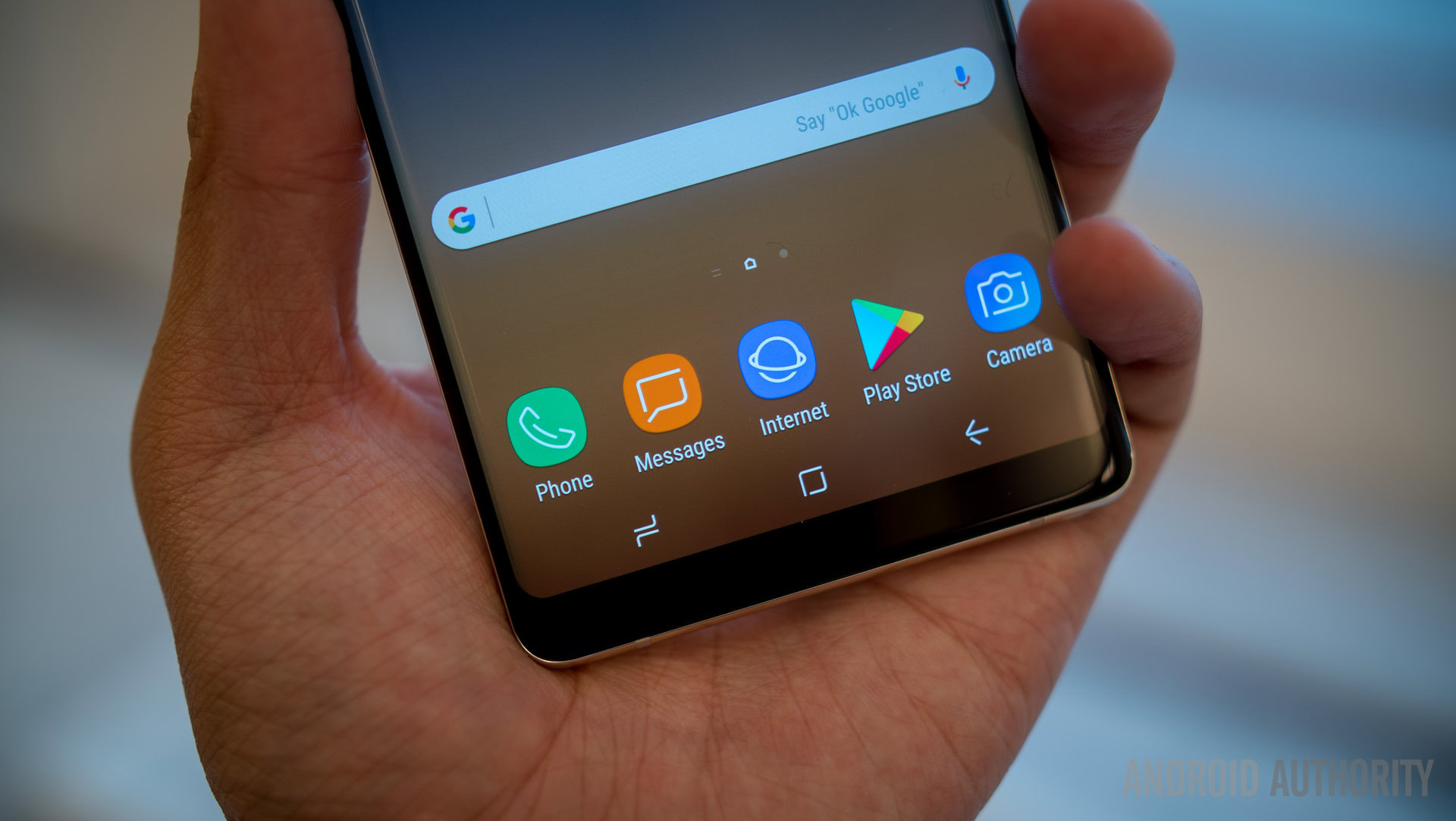
Quite a few users have found a yellow, pink, or purple tint on their Galaxy Note 8 display.
Potential solutions:
- For most users, the tint that they are saying is because the display calibration isn’t right. You can adjust the settings by going to Settings – Display – Color Mode. There you can select one of the four options available including Adaptive display, AMOLED cinema, AMOLED photo, or Basic. You can also adjust the color balance by going into Advanced Options. You can also try dialing *#15987# to adjust the red tint of the display.
- If none of the software settings seem to fix the problem, your only option may be to pick up a replacement.
Problem #5 – Dead pixels on the screen
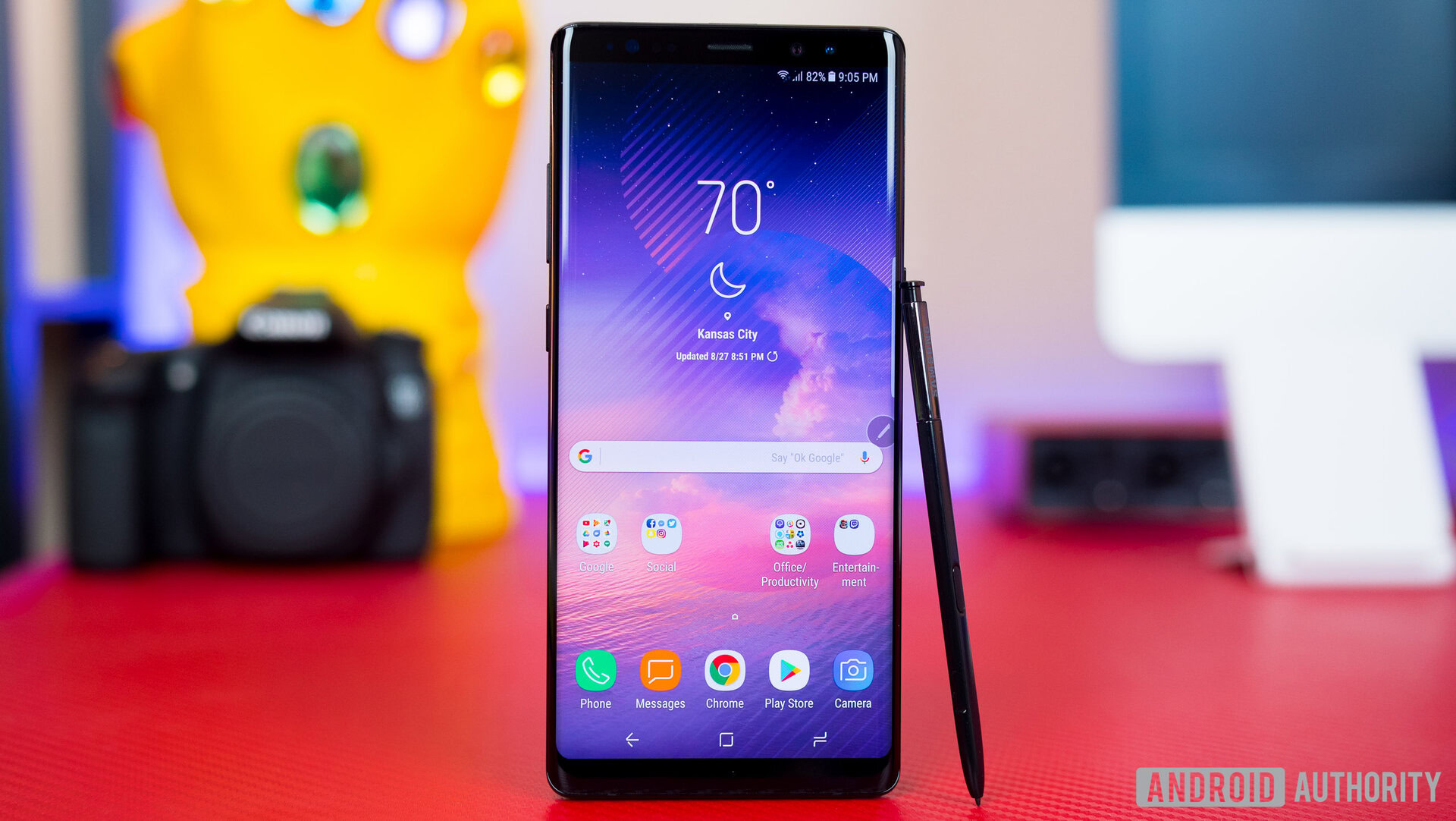
A few users have come across clusters of dead pixels on the display of their phones.
Potential solutions:
- You can download and run a pixel fixer app from the Google Play Store like Dead Pixel Test and Fix. Let the app run its course and the dead or stuck pixels on your screen should go away.
- However, if the apps don’t work, your only option is going to be to pick up a replacement.
Problem #6 – Connectivity issues
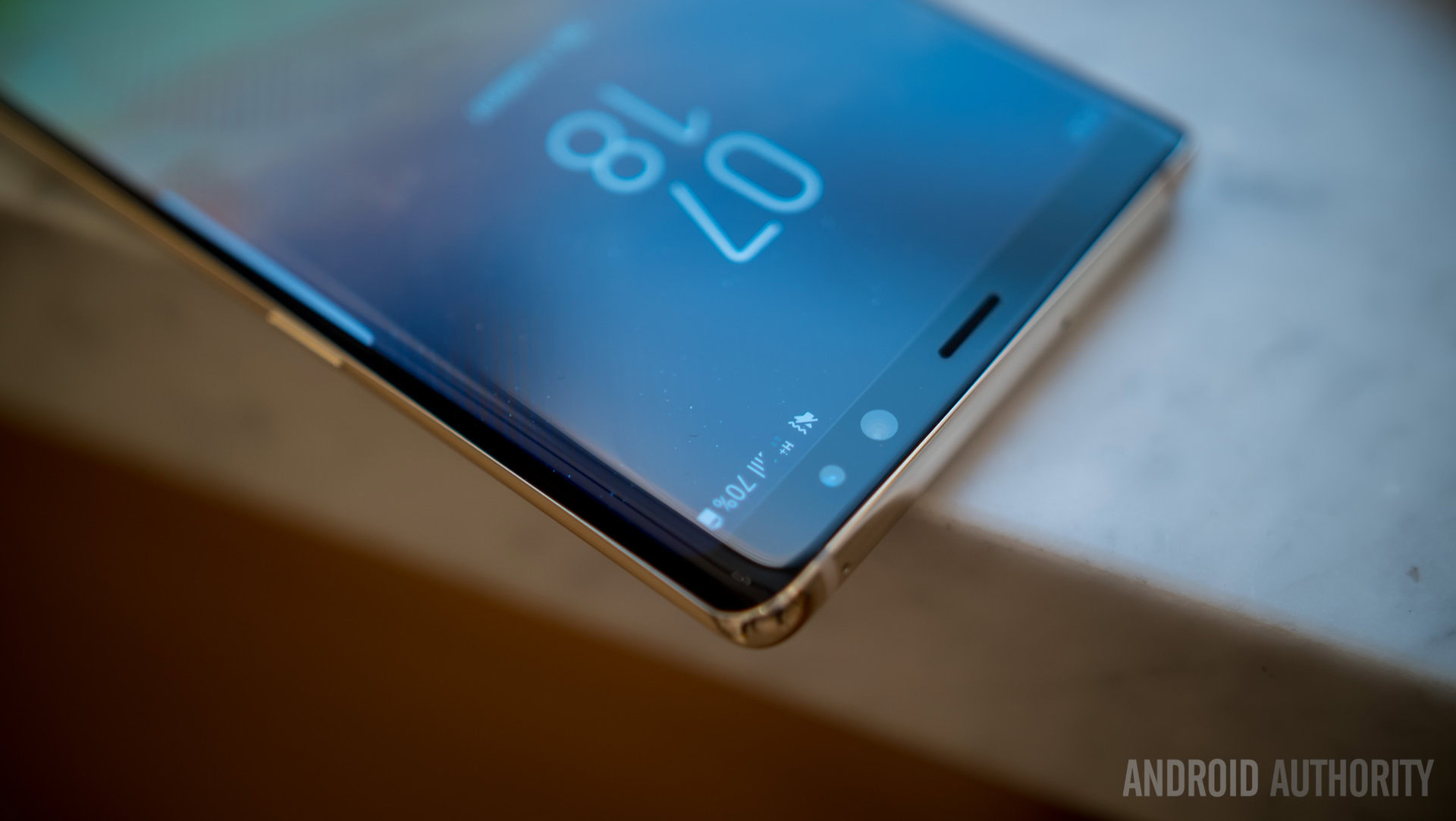
Wi-Fi and Bluetooth issues commonly pop up when you pick up a new smartphone, and the Galaxy Note 8 is no exception. Both Wi-Fi and Bluetooth issues seem to be particularly prevalent with this device.
Potential solutions:
Wi-Fi issues
- Turn the device and the router off for at least ten seconds, then turn them back and retry the connection.
- Go to Settings – Power saving and ensure that this option is turned off.
- Use the Wi-Fi Analyzer to check how crowded your channel is, and switch to a better option.
- Forget the Wi-Fi connection by going to Settings – Wi-Fi and long tapping the connection you want, then selecting “Forget”. Re-enter the details and try again.
- Make sure the router firmware is up to date.
- Make sure the applications and software on the device are up to date.
- Go to Wi-Fi – Settings – Advanced and make a note of your device MAC address, then make sure that it is allowed access in the router’s MAC filter.
- Some users have found that disabling the Hotspot 2.0 feature seems to fix a lot of issues with Wi-Fi.
- NOTE: Many users have found that if you have set up your phone using SmartSwitch, the Wi-Fi doesn’t seem to connect. For most users, performing a factory reset and setting the phone up again manually has been the only solution.
Bluetooth issues
- Check the manufacturer’s manual for the device and the car and reset your connections.
- Ensure that you are not missing a vital part of the connection process.
- Go to Settings – Bluetooth and ensure nothing needs changing
- Go to Settings – Bluetooth and delete all prior pairings and try setting them up again from scratch.
Problem #7 – Problems where the only option is to wait for a software update
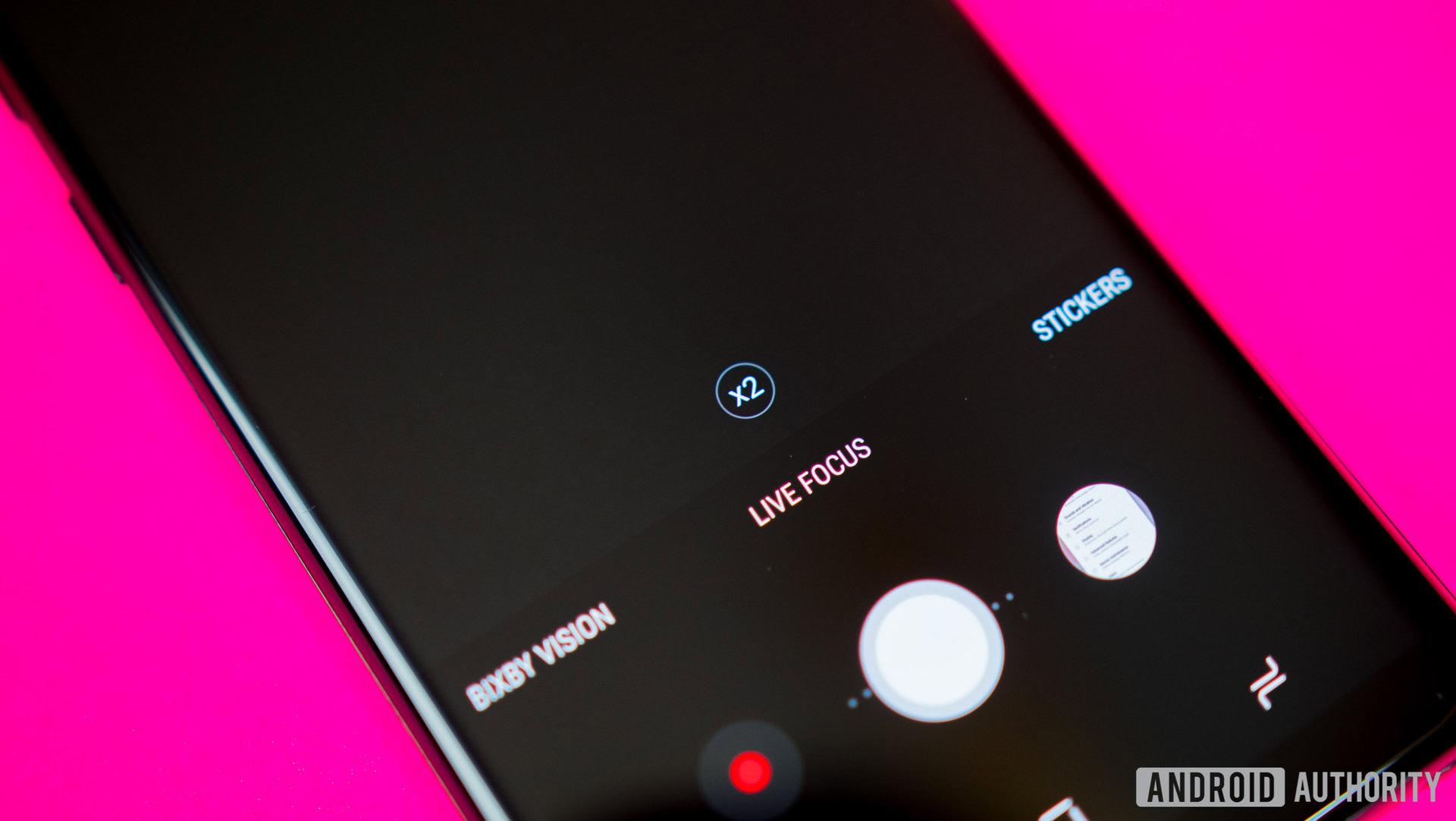
There are some issues where there aren’t any solutions available yet, and the only option for now is to wait for an official software fix from Samsung or the creator of the app that may be facing or causing issues.
- Device freezing – A few users have had their devices freeze at random times, requiring a soft reboot to restart the phone. This problem seems to be related to the Swiftkey app.
- HDR video playback issue – Users have come across a very choppy video playback experience when attempting to watch HDR videos (1440 HDR 60) on Youtube. While using Netflix, the HDR color enhancement doesn’t work as expected, with blacks appearing grey and skin tones looking odd.
- Front-facing camera issues – Users have come across an odd issue with the front-facing camera, where they are seeing severe discoloration in the viewfinder. Try running a hardware test (dial *#0*#) to ensure that this isn’t a hardware problem first.
Problem #8 – Edge lighting not working as expected
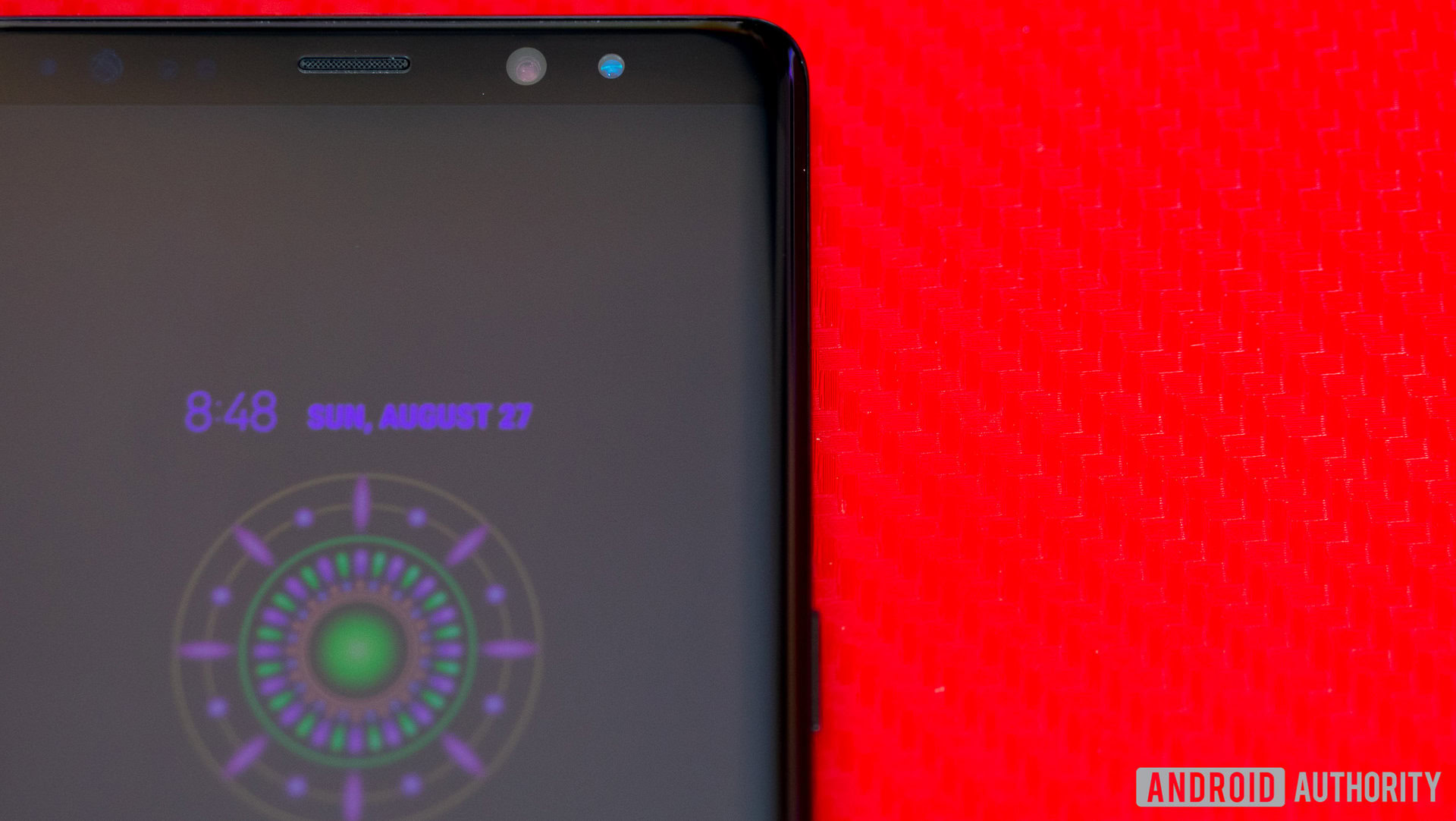
A lot of users have come across a variety of issues with edge lighting. For some, it doesn’t work when the screen is off. For others, Edge lighting seems to work only for the stock SMS app and nothing else.
Potential solutions:
- The issue seems to have been fixed for a few users after the official update to Android 8.0 Oreo, which is rolling out now. Unfortunately, this hasn’t been the case for every user that has updated their devices though.
- Some users have found that enabling “pop up notifications” for apps like Whatsapp and Snapchat result in Edge lighting working when the screen is off as well.
- For some, the problem seems to because they have turned off Animation Duration Scale in the Developer Options section in the Settings menu, which is something that is done to improve performance. All you have to do is set this to 0.5x, and Edge lighting works.
- You can try downloading the Edge Lighting app from the Google Play Store here. This app lets you set customized colors for different apps and makes the edge lighting feature work even when the screen is off. However, the results have been mixed. While the app has worked perfectly for some users, others have had issues. Since this is a paid app, that is something to keep in mind before you decide to download it.
Problem #9 – “OK Google” not working as expected
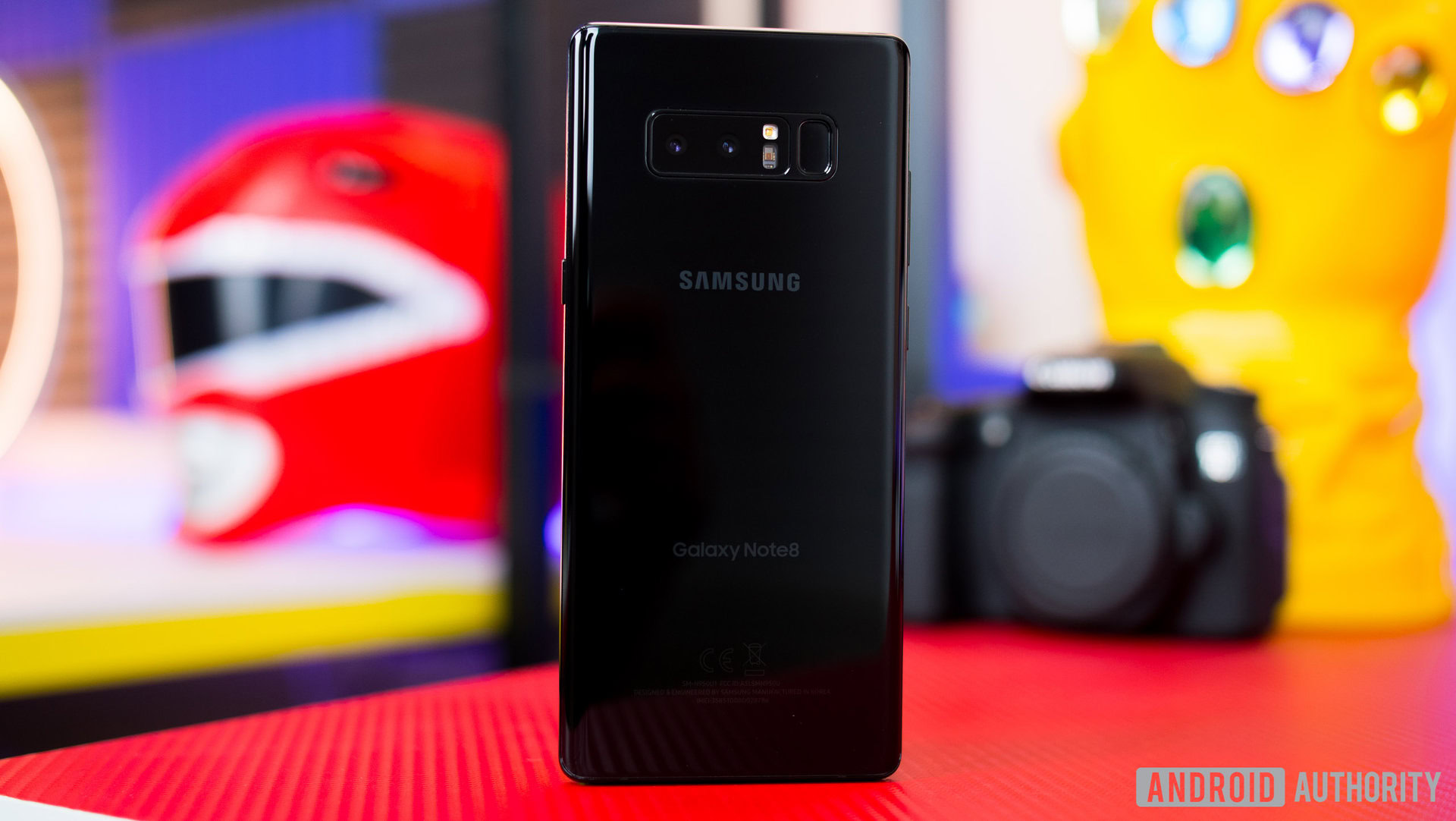
Some users have found that when trying to use “OK Google” when the screen is off, the device beeps and acknowledges the command, but nothing happens beyond that.
Potential solutions:
- For some users, the fix seems to be related to Edge lighting. Make sure that Google isn’t a selected app for the edge lighting feature. Turning this off makes “OK Google” work as expected.
- Try clearing the Google app cache. Go to Settings – App Manager, search for the Google app and tap on “Storage.” Then clear the cache and everything should work after that.
- For some users, the issue seems to occur because of having the Always On Display enabled. If this is a feature you can do without, disable it and see if that fixes the problem.
Guides – soft reset, hard reset, boot into Safe Mode, wipe cache partition

Soft Reset
- Press and hold the power button and volume down key simultaneously for about 10 seconds until the device powers off. This works when the screen is unresponsive.
Hard Reset
- With the device turned off, press and hold the volume up key, Bixby button, and power button simultaneously.
- When the Samsung logo appears, release the power button, but continue to hold the volume up and home buttons.
- When the Android system recovery screen appears, release all buttons.
- Use the volume down button to toggle the selection to “wipe data/factory reset,” then press the power button to accept it.
- Use the volume down button to toggle the selection to “Yes — delete all user data,” then press the power button.
- Wait for the reset to finish. You will eventually be prompted to “Reboot system now.” Press the power button to continue.
- If the phone is on, go to Settings – Backup & reset – Reset device – Erase Everything.
Wipe cache partition
- With the device turned off, press and hold the volume up key, Bixby button, and power button simultaneously.
- When the Samsung logo appears, release the power button, but continue to hold the volume up and home buttons.
- When the Android system recovery screen appears, release all buttons.
- Use the volume down button to toggle the selection to “wipe cache partition,” then press the power button to accept it.
- When the previous menu returns, go up and select “Reboot system now.”
Boot in Safe Mode
- When the device is turned off, turn the device on again and press and hold the volume down button until a “Safe Mode” button shows up. Tap that button to boot your device in Safe Mode.
So, there you have it for this roundup of some of the common problems faced by Samsung Galaxy Note 8 owners, and potential solutions on how to fix them. If you have come across any other issues, do let us know in the comments section below and we will continue to keep this list updated with them.